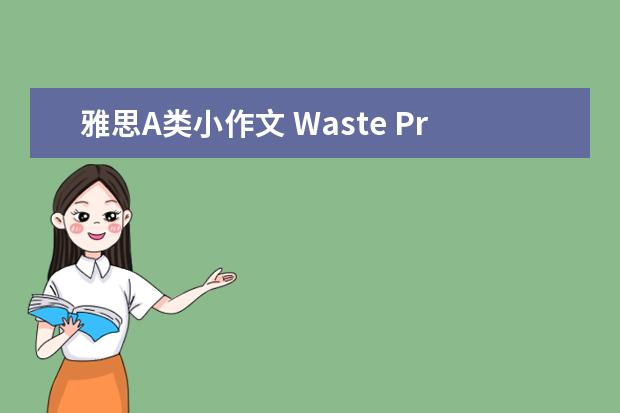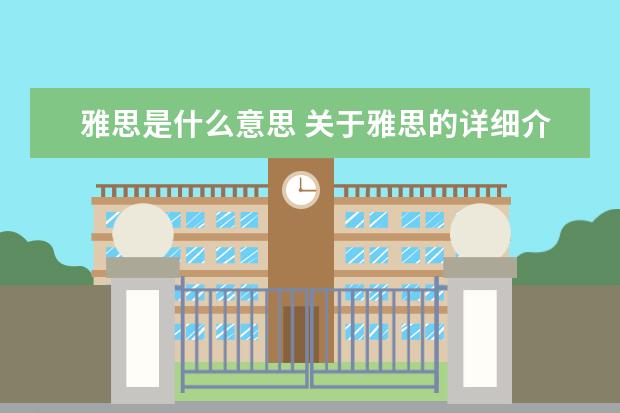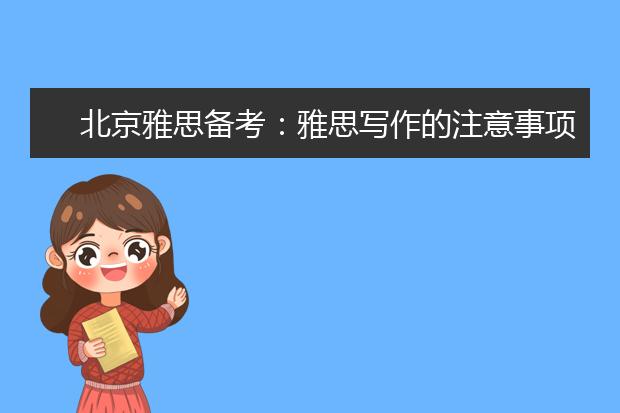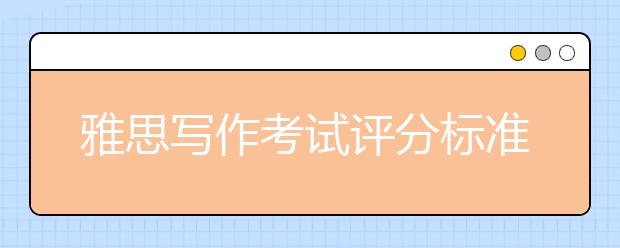You should spend about 20 minutes on this task.
The pie charts below show how dangerous waste products are dealt with in three countries.
Summarise the information by selecting and reporting the main features, and make comparisons where relevant.
Write at least 150 words.
The charts compare three countries in terms of the methods they use to treat hazardous waste products.
Overall, recycling is the most widely-used approach to treating hazardous waste in Korea, in contrast to Sweden and the UK which rely mainly on landfills. Furthermore, the United Kingdom employs a more varied set of waste handling schemes.
In Korea, the most significant share of dangerous waste (70%) is recycled. The second highest proportion, 22%, is buried underground while less than half this figure is incinerated.
Sweden, on the other hand, favours landfills over the other two approaches since more than half of all dangerous waste is buried underground. There is little difference between the shares of recycling and burning, as the former accounts for 25% whereas the share of the latter is lower by a margin of 5%.
The most popular method in the United Kingdom, like in Sweden, is burying which contributes 82%. The UK also dumps 8% of its waste at sea while treating a similar proportion with chemicals to render it harmless. Incineration is responsible for a mere 2%.
(180 words)



 雅思大作文:it is irrational to forbid the animal products
雅思大作文:it is irrational to forbid the animal products
 雅思大作文:people waste a lot of food
雅思大作文:people waste a lot of food
 雅思大作文:many things that children are taught at school are a waste of time
雅思大作文:many things that children are taught at school are a waste of time
 雅思是什么意思 关于雅思的详细介绍
雅思是什么意思 关于雅思的详细介绍  北京雅思备考:雅思写作的注意事项
北京雅思备考:雅思写作的注意事项  雅思写作6.5分成绩怎么样?
雅思写作6.5分成绩怎么样?  雅思写作步骤有哪些?
雅思写作步骤有哪些?  雅思写作考试评分标准
雅思写作考试评分标准  如何突破雅思作文六分瓶颈 雅思教父刘洪波:...
如何突破雅思作文六分瓶颈 雅思教父刘洪波:...
 雅思写作和口语,如果和考官观点不同,是不是...
雅思写作和口语,如果和考官观点不同,是不是...
 雅思大作文审题偏差原因及对策真题解析 G类...
雅思大作文审题偏差原因及对策真题解析 G类...
 雅思写作口语中的成语汇集 31/1/04青...
雅思写作口语中的成语汇集 31/1/04青...
 A类作文真题V91 A类作文真题V79...
A类作文真题V91 A类作文真题V79...